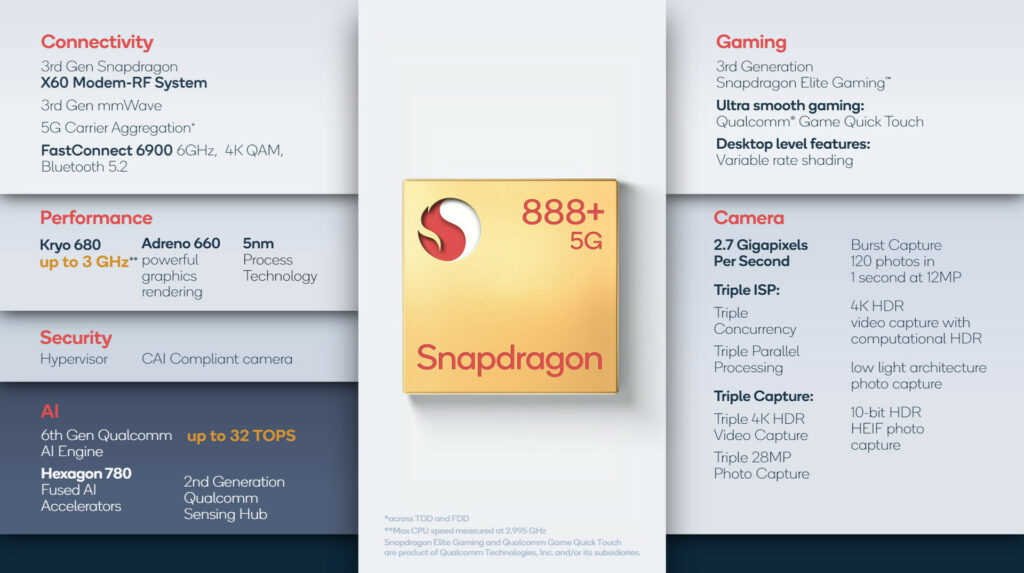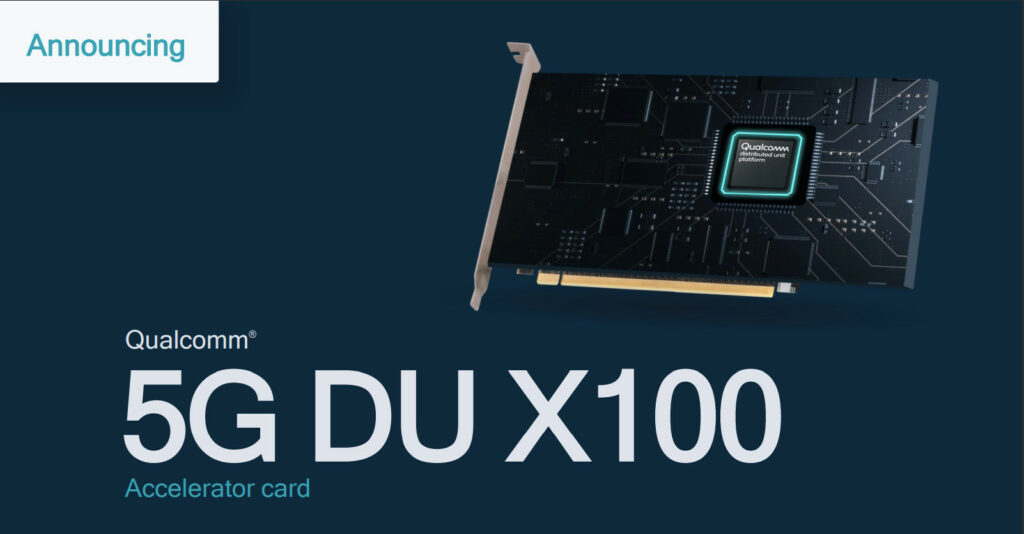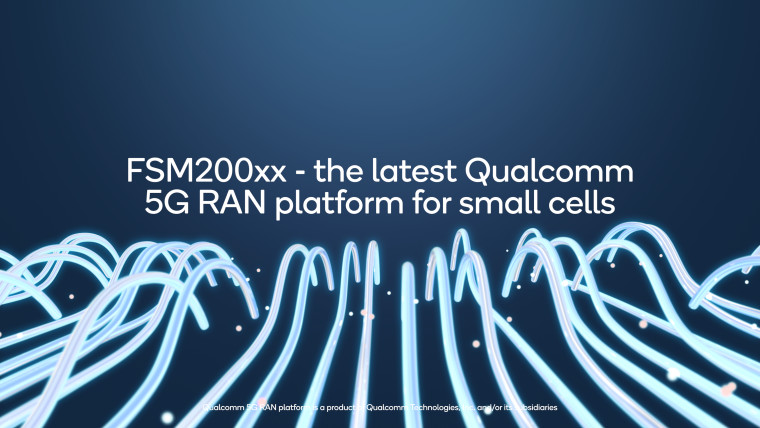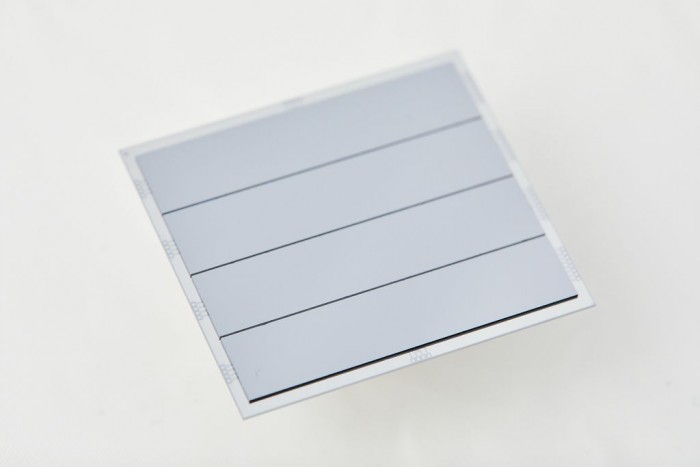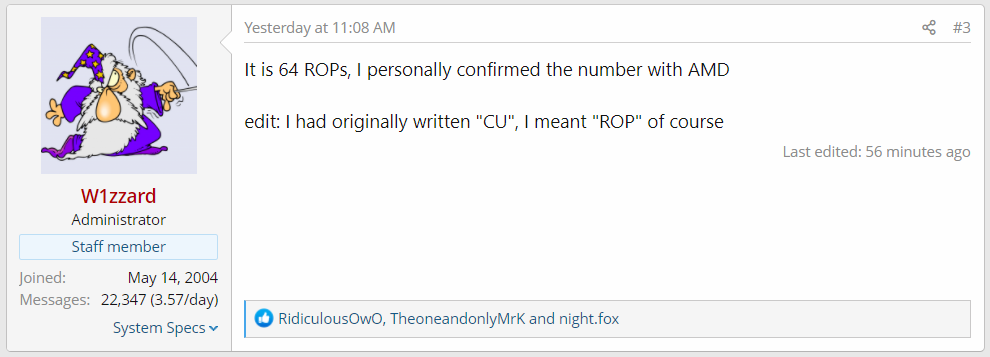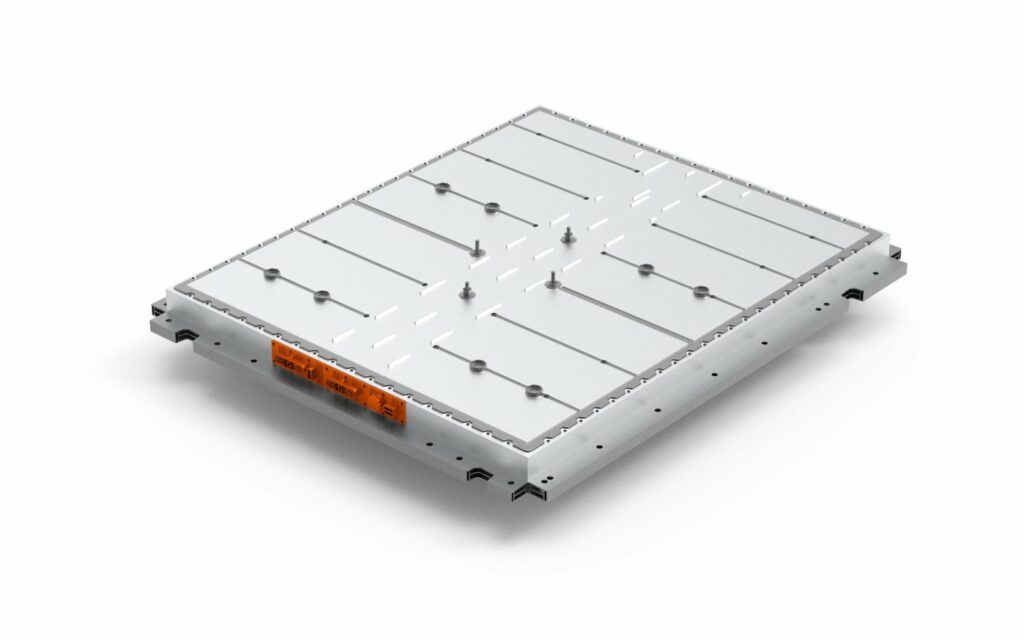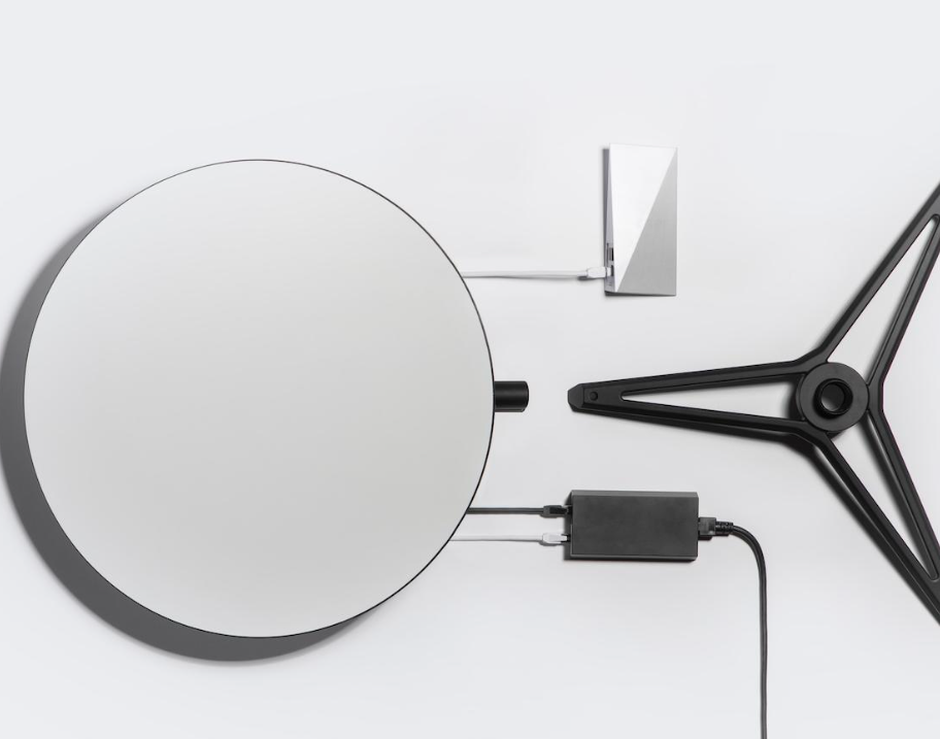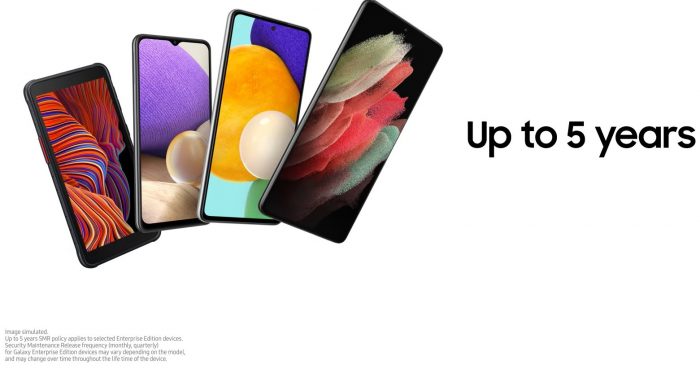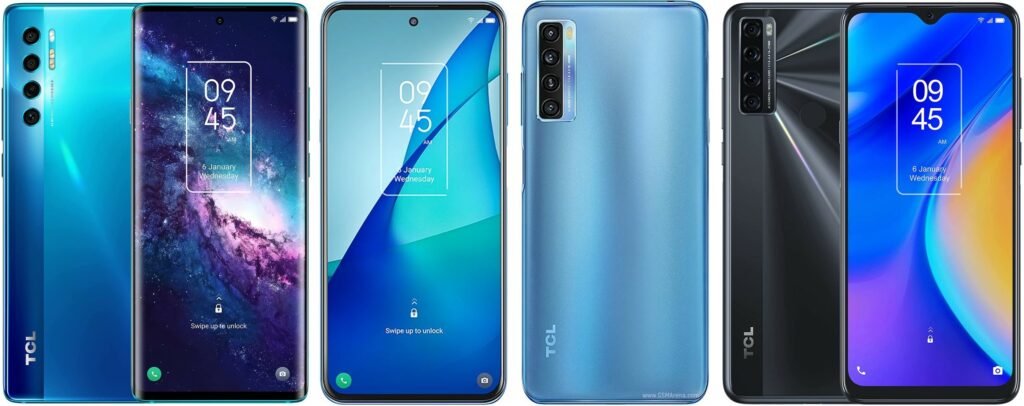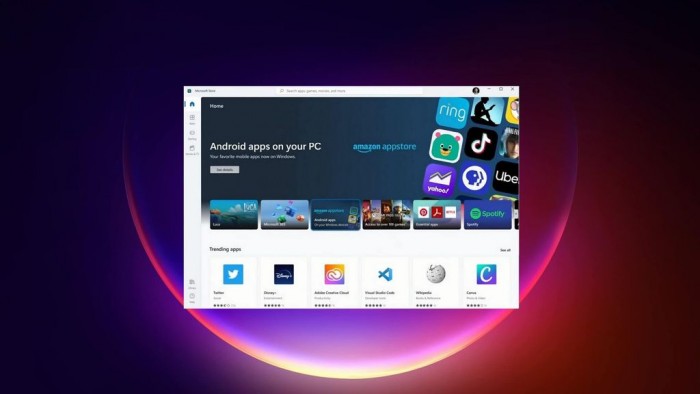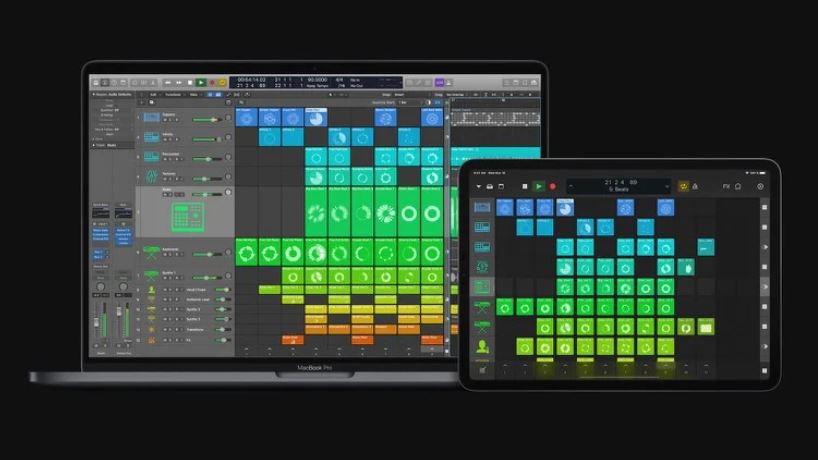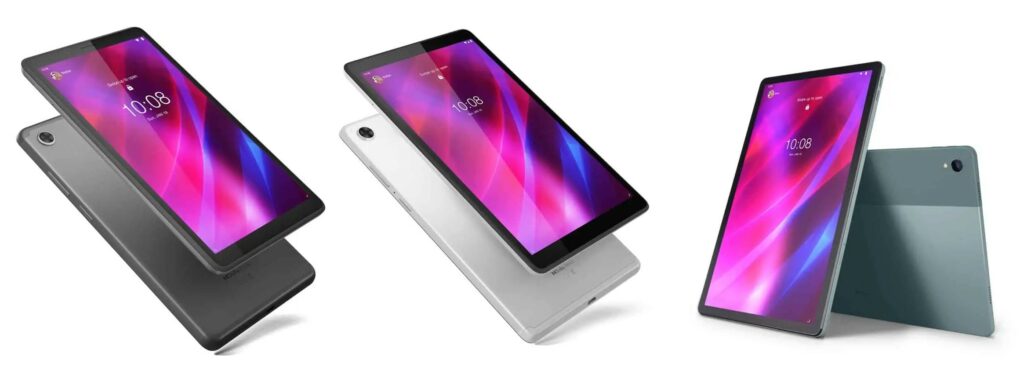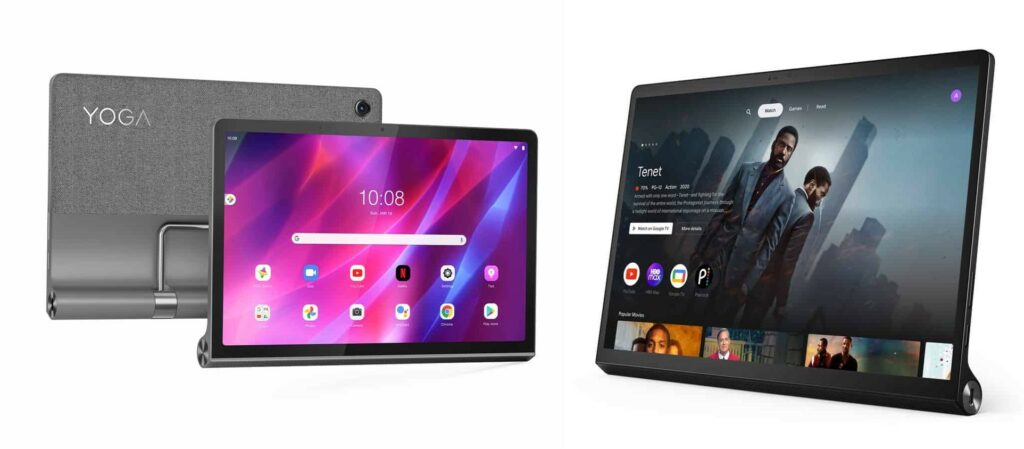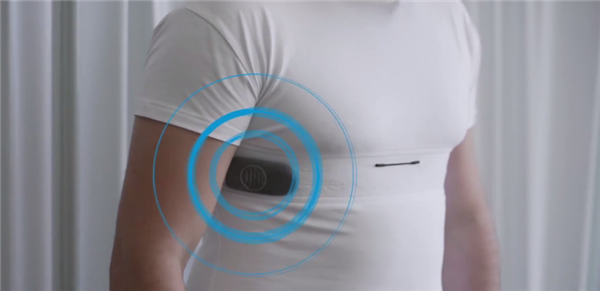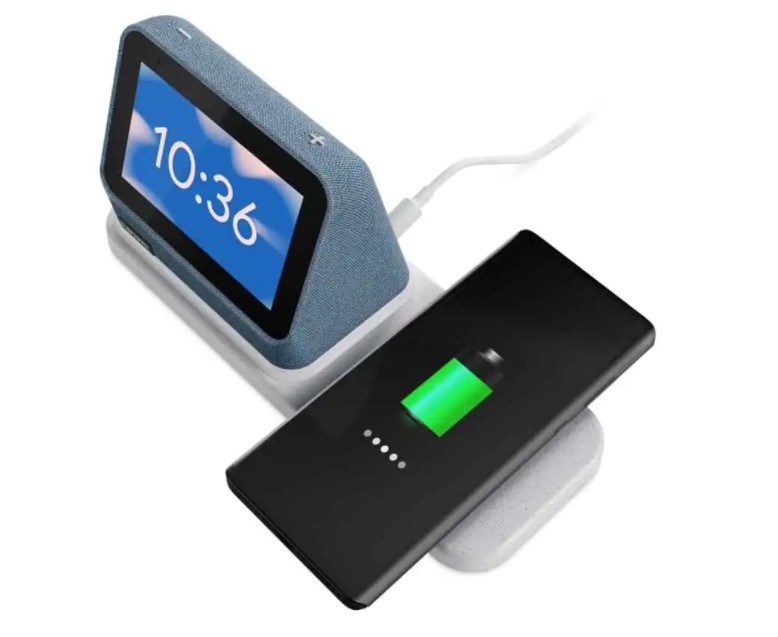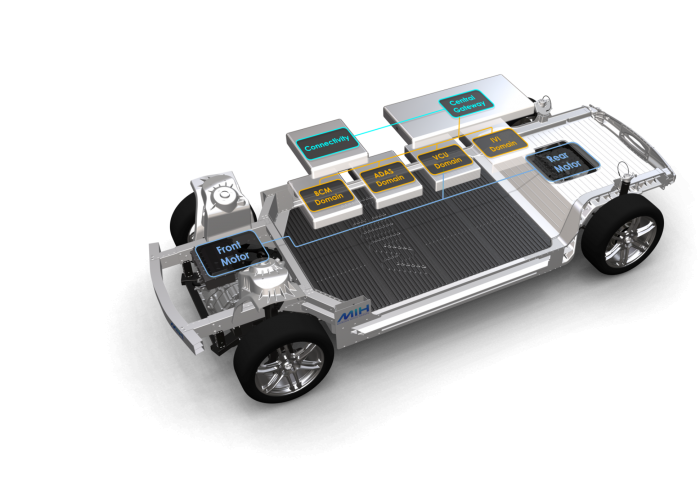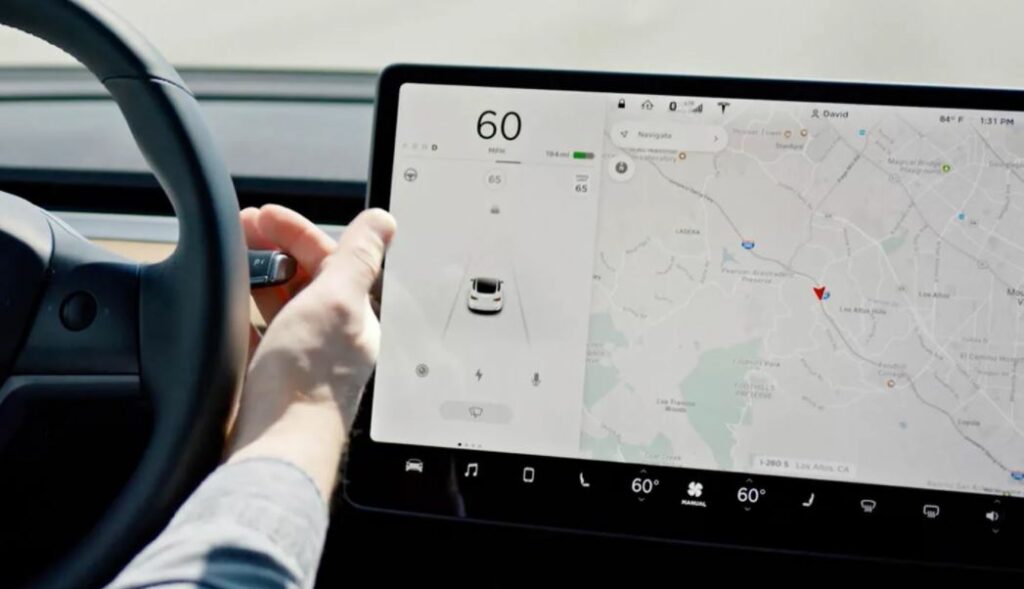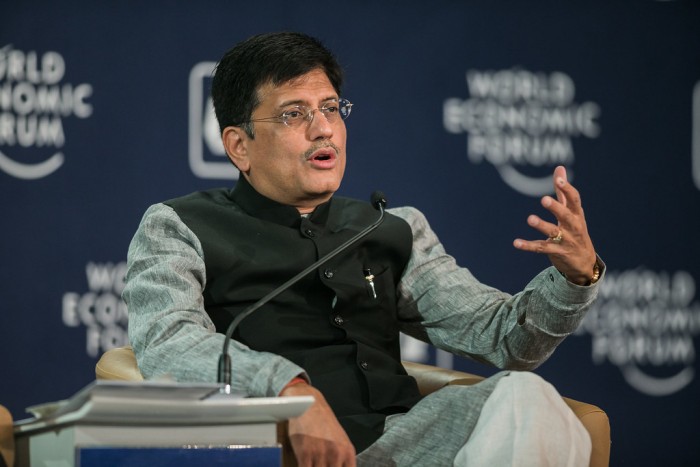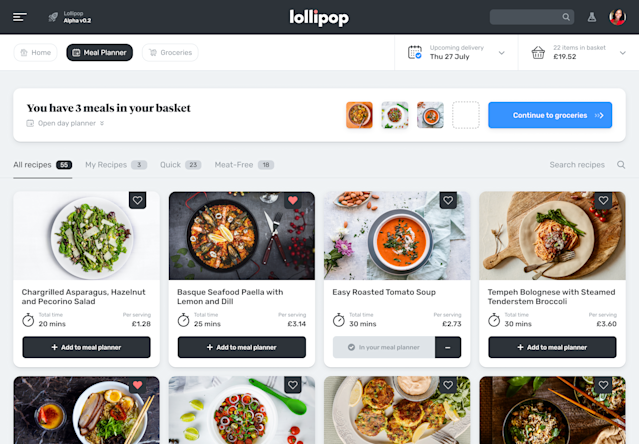
6-30 #AlwaysLearning : Qualcomm has announced Snapdragon 888+; Samsung Foundry tapes out 3nm GAA chip; Foxconn’s platform for electric vehicles will feature driver assistance technology; etc.
Qualcomm has announced Snapdragon 888+ with 2 upgrades from Snapdragon 888. The first is that ARM Cortex-X1 CPU sees a clock speed increase to 3GHz (2.995GHz actual). That is up from 2.84GHz previously netting a 5.45% clock speed increase. The only other change is Qualcomm’s claim of 32TOPS of AI number crunching, resulting in a 20% improvement over the standard Snapdragon 888. The chipset still boasts the same Hexagon 780 DSP setup as before. (Android Authority, Android Central, AnandTech, My Drivers)
With the introduction of the Qualcomm 5G DU X100 Accelerator Card, Qualcomm Technologies has announced the augmentation of its 5G RAN Platforms portfolio. This accelerator card is built in a way that allows infrastructure vendors and operators to take advantage of power-efficient 5G, low latency, and high performance while facilitating the adaptation of the cellular ecosystem to the virtualized radio access network (RAN). (CN Beta, Neowin, ZDNet)
Qualcomm has announced the second generation of its 5G Radio Access Network (RAN) Platform for Small Cells. This is dubbed the “FSM200xx” series and is an industry-first 3GPP Release 16 5G Open RAN (O-RAN) platform. It also packs support for Enhanced Ultra-Reliable Low-Latency Communication (eURLLC), which means that it is primed for automating critical infrastructure in factories. (CN Beta, Neowin, Qualcomm)
Rigetti Computing, one of the frontrunners in full-stack quantum computing, announced today the world’s first multi-chip quantum processor. Based on a proprietary modular architecture, the quantum processor is meant to boost the commercialization and scalability of fault-tolerant quantum computers. Rigetti’s multi-qubit chip connects and nests multiple identical dies into a large-scale quantum computer. (Globe Newswire, Neowin, CN Beta)
Samsung Foundry tapes out 3nm GAA chip. The tapeout of a mullti-subsystem SoC uses Synopsys Fusion Design Platform for Samsung Foundry’s 3nm Gate-all-around (GAA) transistor process technology. The tapeout was the culmination of an extensive collaboration between Synopsys and Samsung Foundry to accelerate the delivery of a highly optimized reference methodology for the GAA process. (My Drivers, EE News Europe, CN Beta)
AMD has confirmed that the Navi 23 GPU will have 64 ROPs; the same as its previous Navi 22 GPU. AMD’s Navi 23 GPU uses the RDNA 2.0 architecture and is made using a 7 nm production process at TSMC. The Navi 23 GPU utilizes up to 32 CU (compute units). For GPU compute applications, OpenCL version 2.1 can be used. It features 2048 shading units, 128 texture mapping units and 64 ROPs. The GPU also contains 32 raytracing acceleration cores. (CN Beta, WCCFTech, IT Home, Videocardz)
TF Securities analyst Ming-chi Kuo has revealed that Apple’s high-end models of the upcoming iPhone 13 lineup, such as the iPhone 13 Pro and iPhone 13 Pro Max, will feature an upgraded ultra-wide camera with autofocus, compared to the current fixed focal ultra-wide camera on iPhone 12 models. He has further added that Apple plans to expand autofocus for the ultra-wide camera to all 4 models of the iPhone 14 lineup to be released in 2H22. (TF Securities, Mac Rumors, CN Beta)
Sony Group is reportedly reconstructing its semiconductor business strategy. According to the information, Sony is expanding its component supplies to other Chinese companies as well as making efforts to develop high-resolution sensors to improve profitability. Additionally, Sony is planning and trying to jump into the automobile sensor business. In early June 2021, Terushi Shimizu, president of Sony’s semiconductor business, stated on June 3 that in the 2021 fiscal year (ending Mar 2022), the company’s revenue cannot be restored to its previous high level. In the global phone CMOS market, Sony probably controls 50% of the market, followed by Samsung at 20%. In addition to losing a large number of Huawei orders, the aggressiveness of Samsung’s ISOCELL competitors is also an undeniable external factor. (My Drivers, Huawei Central, IT Home)
Yield rates for Yangtze Memory Technologies’ (YMTC) 128-layer 3D NAND flash process technology allegedly remain insufficient for commercial production. The company originally planned to reach a monthly production rate of 100,000 wafers by the end of 2021. However, due to unexpectedly low yield rates for its 128-layer NAND, the company reportedly does not expect to hit its production targets until 2022. (Digitimes, Tom’s Hardware)
The German startup Sono Motors is significantly upgrading its Sion solar electric car. Instead of the previously planned 35kWh battery capacity, the Sion will get a 54kWh battery with LFP technology. the new battery increases the range of the Sion to up to 305km according to WLTP (instead of 255km) and increases the maximum CCS charging power to up to 75kW (instead of 50kW). (CN Beta, Sono Motors, Electrive)
Tesla CEO Elon Musk has revealed that it may be a little while longer until Starlink hits profitability. The SpaceX project, which aims to deliver global high-speed broadband via a satellite network, sells its beta kits to customers for around USD500 dollars despite it costing much more to produce them. The kit includes a user terminal, a kind of dish, that connects the customer to the satellites and enables broadband access. (TechCrunch, CNET)
Earlier 2021 Samsung said it would deliver at least 4 years of security updates for most recent Galaxy devices launched since 2019. Now the company says customers with some Enterprise Edition devices will get updates for 5 years. Samsung has partnered with some of the world’s leading tech companies such as Android and Cisco to offer better security for Samsung devices in the entire Galaxy ecosystem. (Liliputing, Pocket Now)
Videoconferencing company Zoom has announced that it intends to acquire German startup Karlsruhe Information Technology Solutions (KITES) to bring real-time machine-learning-based translation to the platform. (TechCrunch, Linkedin, Globe Newswire, VentureBeat)
vivo X60t Pro+ is launched in China – 6.56” 1080×2376 FHD+ HiD Super AMOLED 120Hz, Qualcomm Snapdragon 888 5G, rear quad 50MP OIS-8MP periscope telephoto 5x optical zoom OIS-12MP telephoto 2x optical zoom-48MP ultrawide gimbal stabilization + front 32MP, 8+128 / 12+256GB, Android 11.0, fingerprint on display, 4200mAh 55W, CNY4,999 (USD773) / CNY5,999 (USD928). (GizChina, vivo, Hindustan Times, GSM Arena, Gizmo China)
TCL 20 series debut in U.S.: 20 Pro 5G – 6.67” 2400×1080 FHD+ HiD AMOLED NXTVISION 2.0, Qualcomm Snapdragon 750G, rear quad 48MP-16MP ultrawide-5MP macro-2MP depth + front 32MP, 6+256GB, Android 11.0, fingerprint on display, 4500mAh 18W, 15W wireless charging, USD600. 20S – 6.67” 2400×1080 FHD+ HiD IPS LCD, Qualcomm Snapdragon 665, rear quad 64MP-8MP ultrawide-2MP macro-2MP depth + front 16MP, 4+128GB, Android 11.0, side fingerprint, 5000mAh, USD250. 20SE – 6.82” 720×1640 HD+ v-notch, Qualcomm Snapdragon 460, rear quad 48MP-5MP ultrawide-2MP macro-2MP depth + front 13MP, 4+128GB, Android 11.0, rear fingerprint, 5000mAh, USD190. (Android Authority, Android Central, CN Beta, XDA-Developers, Phone Arena)
Microsoft is going to provide a Windows Subsystem for Android (WSA) in Windows 11 within 2021. Windows 11, Android apps can be installed on all devices (Intel, AMD and ARM), according to Microsoft. Microsoft is adding Android Subsystem to Windows 11 that will enable support for Android Open Source Project (AOSP) and allow users to run Android apps on their desktop. This is similar to the way Linux GUI apps work in Windows 11 using the Linux subsystem (WSL). (CN Beta, ZDNet, Windows Latest)
Bloomberg’s Mark Gurman says that Apple is currently considering future iPad designs with larger displays. The current biggest size of iPad Pro is 12.9” diagonally. Apple is still said to be developing a redesigned iPad chassis with a glass back for 2022, which will ship in the existing 11” and 12.9” display sizes. (CN Beta, 9to5Mac, Mac Rumors, Bloomberg)
Lenovo Tab M7, M8 and P11 Plus are announced: M7 (3rd-Gen) – 7”1024×600 LCD, MediaTek MT8166 (Wi-Fi only) / MT8766 (LTE), rear 2MP + front 2MP, 2+32GB, Android 11 (Go), 3750mAh, from USD110. M8 (3rd-Gen) – 8” 1280×800 LCD, MediaTek Helio P22T, rear 5MP + front 2MP, 2+32 / 3+32GB, Android 11.0 (Go), 5100mAh. P11 Plus – 11” 2000×1200 IPS LCD, MediaTek Helio G90T, rear 13MP + front 8MP, 4+64 / 6+128GB, Android 11.0, 7700mAh 20W, from USD260. (Android Headlines, Lenovo, Android Authority, NDTV, MySmartPrice)
Lenovo Yoga Tab 13 and Tab 11 are announced: Tab 13 – 13” 2160×1350 LTPS display with Dolby Vision, Qualcomm Snapdragon 870, front 8MP-ToF, 8+128 / 8+256GB, Android 11.0, quad JBL speakers support Dolby Atmos, 10000mAh 30W, from USD680. Tab 11 – 11” 2000×1200 LCD, MediaTek Helio G90T, rear 8MP + front 8MP, 4+128 / 8+256GB, Android 11.0, quad JBL speakers, 7700mAh 20W, from USD320. (Android Headlines, NDTV, Mysmartprice, TechAdvisor, Android Central, Lenovo)
ZTE has showcased a t-shirt dubbed “YouCare ” with sensors immersed in the fabric, without metal components, capable of detecting our bio-vital parameters and transmitting them, in an intelligent and super fast way, in 5G. It is in collaboration between AccYouRate, an Italian company. YouCare bio-vital signs are sent to a miniaturized control unit that records the data, converts them into digital format. (My Drivers, ZTE, Time.News, Telecom Paper)
Lenovo has announced Lenovo Smart Clock 2 including a wireless charging pad, priced at USD90. It features 4” LCD display, MediaTek MT8167S, 1GB RAM, 8GB storage, 3W speaker system. The company says that 85% of plastic on the device is made from recycled materials. (Android Headlines, Android Authority, Lenovo)
Google has announced that it would be supporting Nest-branded devices like the Nest Mini, Nest Audio, and Nest Thermostat for up to 5 years after launch as the company commits to tightening up security for the smart home line. (Android Central, Google, XDA-Developers)
Foxconn’s platform for electric vehicles will feature driver assistance technology similar to that used by Tesla and Nissan Motor when it is launched in 2021, with plans for a higher level of autonomous capability in 2022. The plans underline how Foxconn, best known as an assembler of consumer electronics, hopes to challenge established automakers with its MIH “EV open platform” project. Foxconn said in Mar 2021 that it would launch its first EV Kit in Oct. (CN Beta, Nikkei, TechGen YZ, Digitimes, press)
Connected vehicle data startup Wejo has announced partnerships with Microsoft, Palantir and Sompo to improve its ability to collect, store and analyze data from millions of connected vehicles around the world. This follows the GM-backed startup’s announcement that it would be going public by merging with a special purpose acquisition company, Virtuoso Acquisition, which is expected to close later in 2021. (TechCrunch, Business Wire)
Car companies will be required to report crashes involving advanced driver assistance systems under new rules proposed by the US National Highway Traffic Safety Administration (NHTSA). The general order will apply to manufacturers of vehicles equipped with Level 2 driver assist systems through fully autonomous Level 5 systems, according to the Society of Automotive Engineers’ taxonomy for autonomous vehicles. (The Verge, NHTSA, CNET)
GitHub and OpenAI have launched a technical preview of a new AI tool called Copilot, which lives inside the Visual Studio Code editor and autocompletes code snippets. It analyzes the written code and generates new matching code, including specific functions that are previously called. (The Verge, Copilot, GitHub)
Indian Commerce Minister Piyush Goyal has ratcheted up the heat on U.S. ecommerce giants like Amazon and Walmart, accusing them of arrogance and of flouting local laws by indulging in predatory pricing practices. Goyal said companies were using their scale and access to large pools of low-cost capital to indulge in predatory pricing practices “to the detriment of mom-and-pop stores”. (CN Beta, Sina, Economic Times, Live Mint)
Lollipop AI, the new British online grocery marketplace, is launching its public beta to offer simple ‘recipe’ features that would have automatically collected items for a homemade meal. Founder and CEO Tom Foster-Carter has envisaged a platform allowing people to build meal plans from recipes, assembling the ingredients automatically into their shopping baskets, and suggesting remaining household essentials. (TechCrunch, Funtitech, Yahoo)

